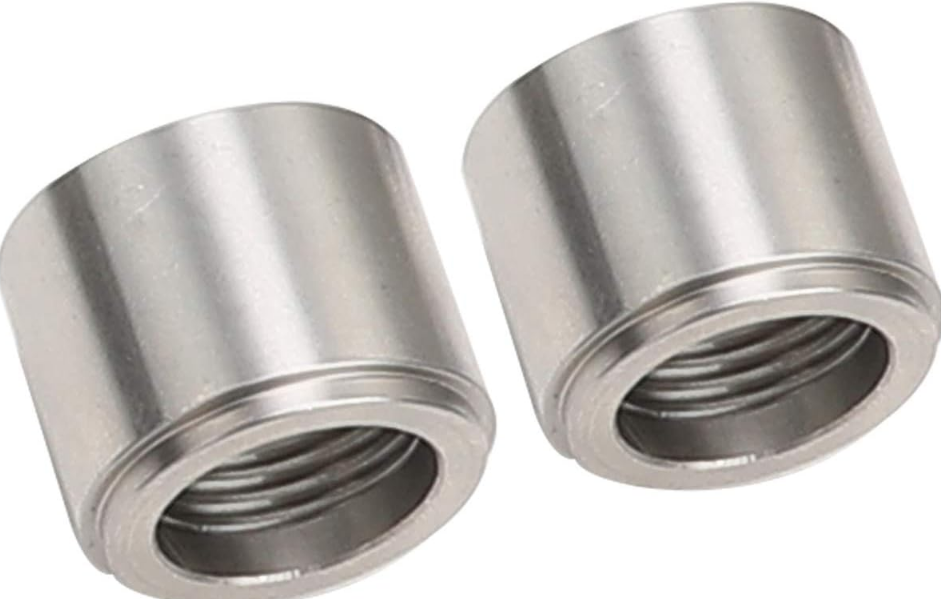Steel tank fittings play a crucial role in the functionality and safety of various storage systems. Whether you’re dealing with fuel, water, or chemicals, choosing the right components can make all the difference in performance and longevity. But with so many options available on the market, where do you even begin?
Rhino Tank Fittings offer the ultimate in Sealing Power, Corrosion Resistance and Outright Brute Strength! Whether for Agriculture, Industrial, Residential or Mission Critical Applications, Rhino are the expert’s choice for professional tank and piping installations.
Types of Steel Tank Fittings
Steel tank fittings come in various types, each designed for specific functions. Flanges are among the most common. They allow easy connections between pipes and tanks, ensuring a secure seal.
Another type is valves. These control the flow of liquids or gases within the tank system. With options such as ball valves and gate valves, you can choose based on your project requirements.
Next up are couplings, which connect two pieces of piping together. They’re essential for creating a continuous line without leaks.
Then there are manways, providing access to the interior of tanks. This feature makes maintenance and inspection significantly easier.
Consider vents that prevent pressure build-up inside tanks by allowing air exchange. Each fitting plays a crucial role in maintaining safety and efficiency within steel tank systems. Understanding these types will help streamline your selection process.
Factors to Consider When Choosing Steel Tank Fittings
Choosing the right steel tank fittings requires careful consideration of several factors. Start with compatibility. Ensure that the materials match your tank’s specifications and the substances stored within.
Next, think about pressure ratings. Different fittings can withstand varying levels of pressure, so select those suitable for your specific application to prevent leaks or failures.
Environment plays a vital role too. If your installation is in an area prone to corrosion, opt for galvanized or coated fittings for added protection.
Size matters significantly as well. Measure accurately to ensure a proper fit; oversized or undersized components can lead to serious issues down the line.
Don’t overlook regulatory compliance. Check local regulations and standards governing installations to avoid legal complications later on.
Common Applications of Steel Tank Fittings
Steel tank fittings serve a variety of essential functions across multiple industries. They are pivotal in fuel storage tanks, where secure and leak-proof connections are crucial for safety and efficiency.
In water treatment facilities, these fittings help manage the flow of liquids effectively. The corrosion-resistant properties of steel make it ideal for handling chemicals without compromising integrity.
Additionally, steel tank fittings play a significant role in agricultural applications. Farmers rely on them to connect tanks that store fertilizers and pesticides, ensuring consistent supply during critical times.
The food and beverage industry also benefits from these components. Steel fittings maintain hygiene standards while facilitating the transport of various liquids throughout processing plants.
Construction sites often use steel tank fittings for temporary fuel storage solutions. Their durability ensures reliable performance under demanding conditions.
Tips for Proper Installation and Maintenance
Proper installation is key to ensuring the longevity of steel tank fittings. Begin by carefully reading the manufacturer’s instructions. This will provide valuable insights into specific requirements for your components.
Make sure all surfaces are clean and free from debris before attaching any fittings. A well-prepared surface promotes better sealing and reduces potential leaks.
Utilize appropriate tools during installation. Using the right size wrenches or screwdrivers can prevent damage to both the fitting and tank materials.
Regular maintenance checks help catch issues early. Inspect for signs of corrosion, wear, or loose connections on a routine basis.
When handling these fittings, always prioritize safety. Wear gloves and protective eyewear to safeguard against sharp edges or metal fragments that could pose a risk during installation or inspection activities.
Conclusion
Steel tank fittings play a crucial role in ensuring the efficiency and safety of various projects. Understanding the different types available, along with key factors to consider when selecting them, can significantly impact your success. From common applications to proper installation techniques, having a solid foundation on this topic is essential.
Choosing reputable manufacturers also adds value to your project by guaranteeing quality and reliability. By following these guidelines, you can make informed decisions that lead to successful outcomes in any application involving steel tank fittings. Prioritize quality components and ensure they are installed correctly for optimal performance throughout their lifespan.

